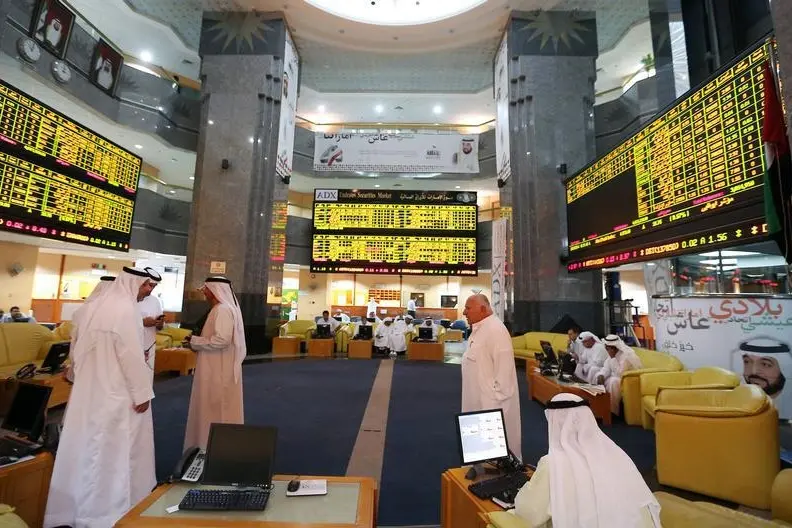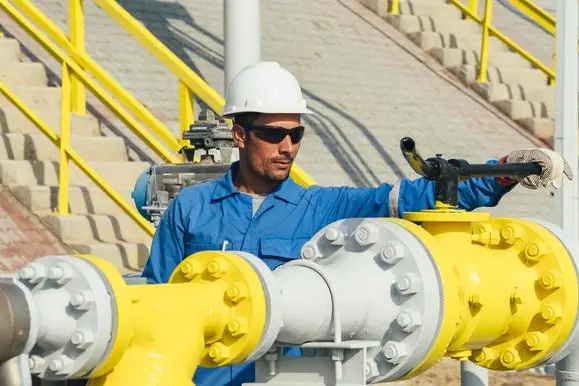PHOTO
ABU DHABI - Against the heat, urbanisation and sand of the United Arab Emirates, the placid, muddy waterways of the Gulf state's coastal mangroves are being restored and planted in an ambitious fight against climate change.
Tropical mangrove forests are complex ecosystems anchored around mangrove trees that thrive in inhospitable hot, muddy and salty conditions. They protect coastal communities against storms and floods, host diverse and threatened species and can soften climate change by capturing atmospheric carbon.
"What makes this species of mangrove, Avicennia Marina, in Abu Dhabi special, is the fact that they are extremely resilient to harsh conditions, they can withstand extreme high salinity and super high temperatures," said Hamad al-Jailani a scientist at the Environment Agency of the UAE capital Abu Dhabi.
"This is very important in the context of climate change, as temperatures around the world increase or become less stable," he said from inside Abu Dhabi's protected mangroves, just under 40% of which are planted rather than natural.
The UAE, which will host the COP28 climate summit in December, has been planting mangrove trees since its founding in the seventies and plans to plant another 100 million mangroves by 2030 on top of its current 60 million over 183 square kilometres (70 square miles) - which the climate ministry says capture 43,000 tons of carbon dioxide annually.
According to the United Nations Environment Program, global mangrove forests in 2020 had declined by 3.4% since 1996, but stabilised in recent years.
In Khor Kalba on the UAE's east coast, a sign tells visitors the mangrove forest they are in is over 300 years old and part of the fight against climate change.
"The species diversity is quite remarkable," said Brendan Whittington-Jones, a conservation scientist at Khor Kalba.
The forest used to be open to the public and there were cars and camels in there, he said, but it was then closed.
"It's enabled the system to recover quite substantially," he said.
Older mangroves store more carbon and the U.N. says the success rate of artificial mangrove restoration projects can be quite low.
Whittington-Jones says the focus should be on the survival of mangroves rather than on the number planted.
"We have certainly seen there is a very narrow band of areas that either have the correct salinity or temperature or hydrology to allow mangroves to persist," he said.
(Reporting by Abir Al Ahmar, Amr Alfiky; Writing by Lisa Barrington, Editing by William Maclean)























